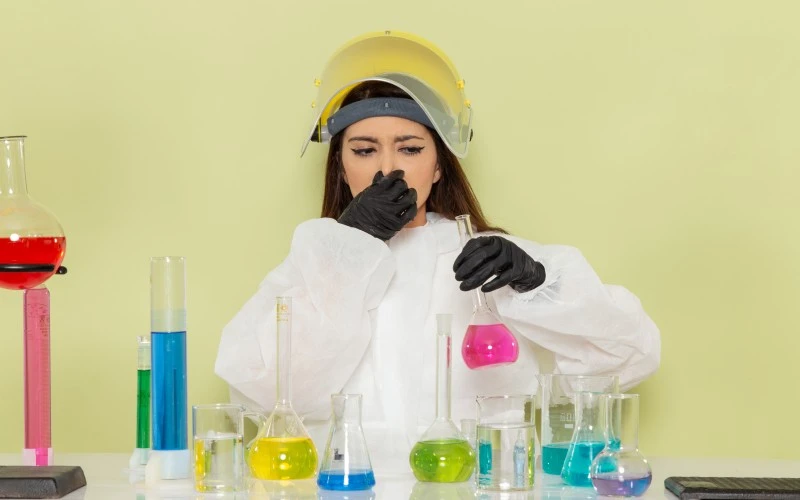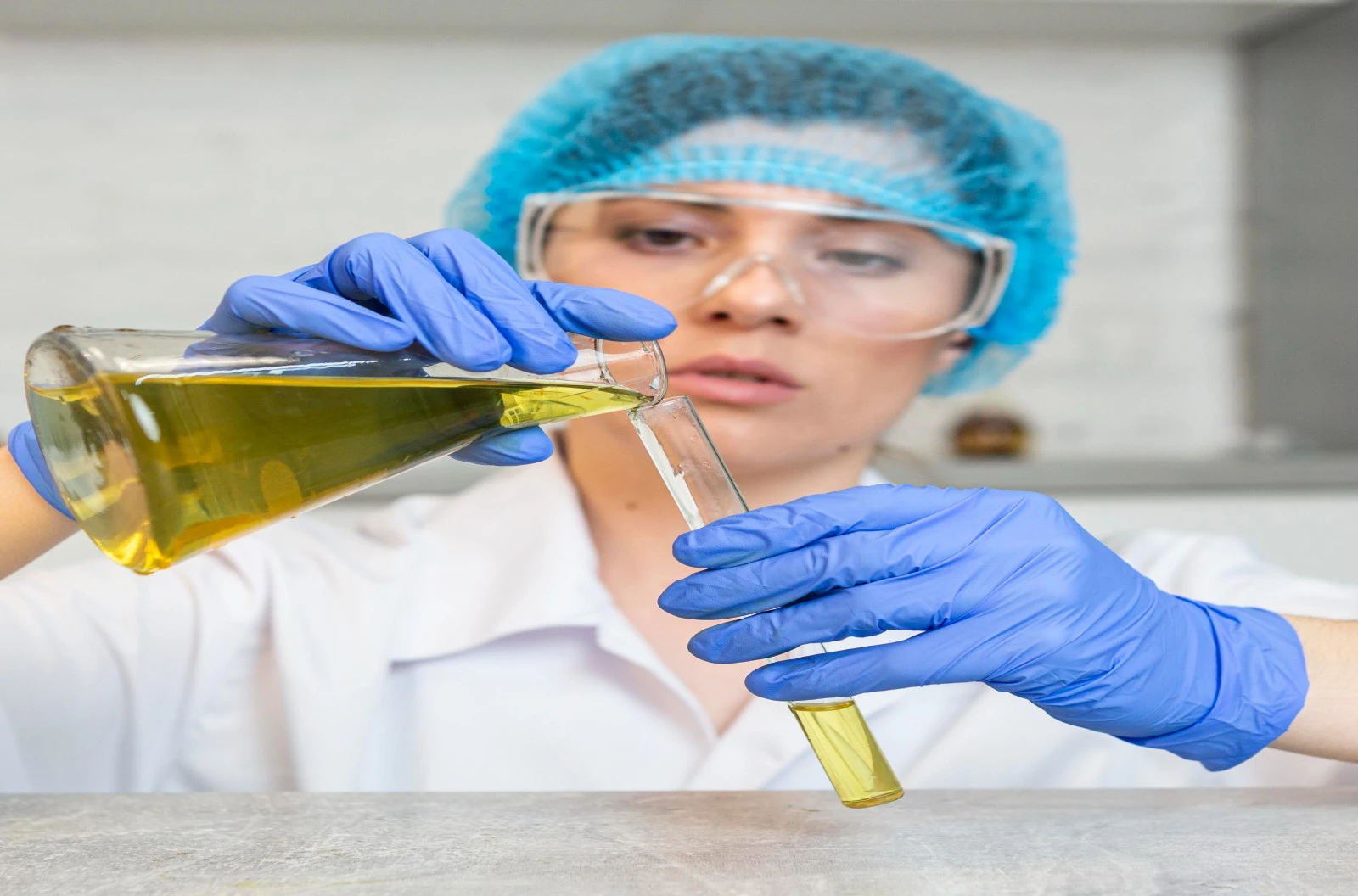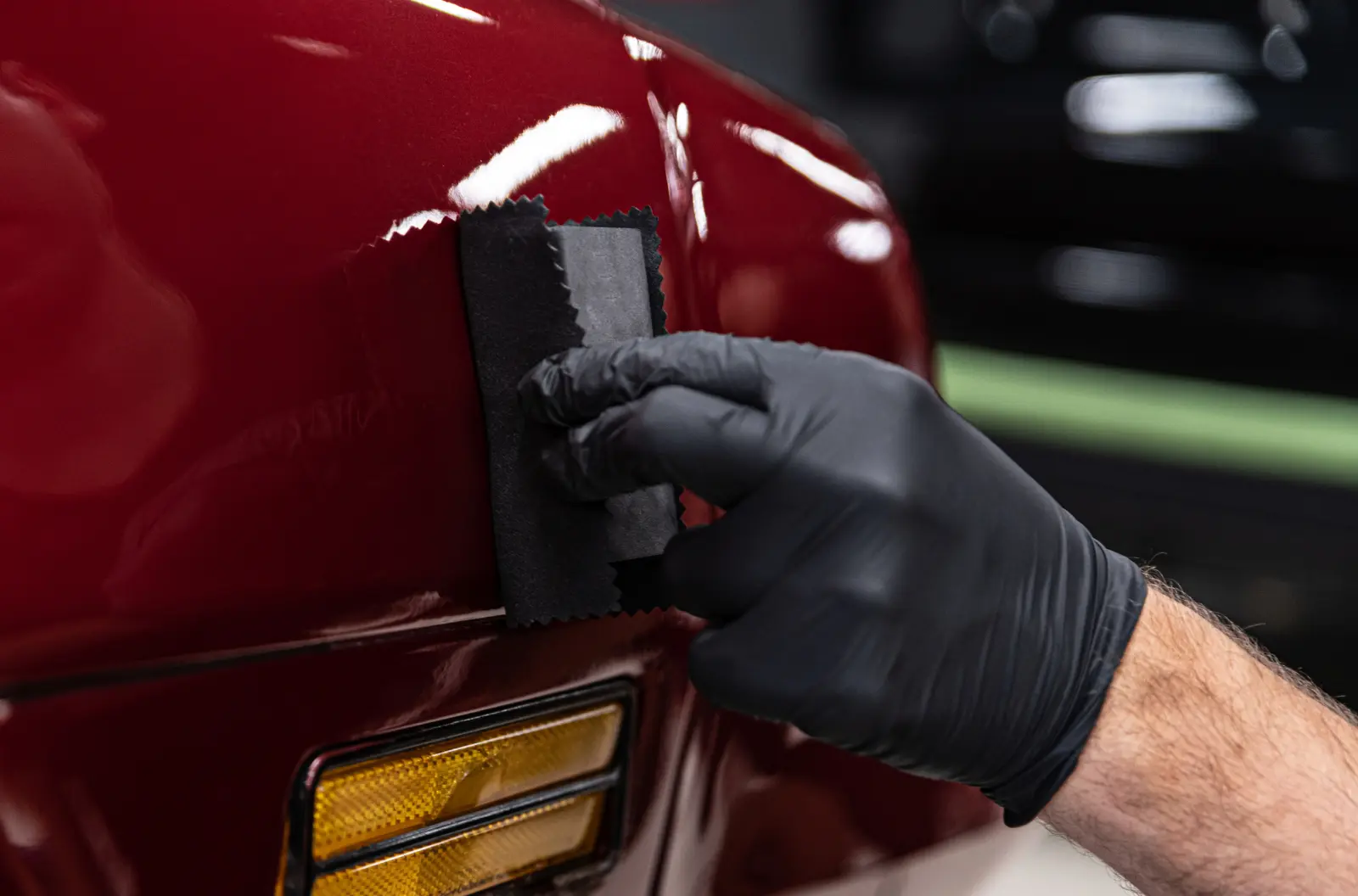TABLE OF CONTENTS
Menu
TABLE OF CONTENTS
Menu
Propargyl alcohol, a chemical compound recognized for its versatility in industrial and pharmaceutical applications, has garnered attention not only for its utility but also for questions surrounding its safety and physical properties. As with any chemical substance, understanding the potential risks and how to mitigate them is crucial for its safe handling and application. This article aims to shed light on the essential aspects of propargyl alcohol, including its toxicity to humans, environmental impact, volatility, and behavior under UV exposure. By delving into these topics, we strive to provide a comprehensive overview that informs and guides professionals and enthusiasts alike in navigating the use of propargyl alcohol with the utmost safety and efficiency.
Is Propargyl Alcohol Toxic to Humans?
The question of toxicity is paramount when dealing with any chemical substance, including propargyl alcohol. Toxicity can encompass a range of effects, from mild irritations to severe health consequences, depending on exposure levels and duration. For propargyl alcohol, understanding its potential impact on human health is critical for ensuring safety in its handling and use.
Acute and Chronic Exposure
Propargyl alcohol is known to exhibit toxic effects under certain conditions. Acute exposure, typically through inhalation, skin contact, or ingestion, can lead to symptoms such as irritation of the skin, eyes, and respiratory tract. In more severe cases, exposure may result in systemic effects like headaches, dizziness, nausea, and in extreme cases, central nervous system depression.
Chronic exposure, on the other hand, raises concerns about the potential for long-term health effects. Continuous or repeated contact with propargyl alcohol may lead to dermatitis or more serious conditions, emphasizing the need for strict adherence to safety guidelines and exposure limits.
Safety Guidelines and Exposure Limits
Various health and safety organizations have established guidelines and occupational exposure limits for propargyl alcohol to protect workers and individuals from potential harm. These guidelines are based on toxicological data and are designed to minimize risk, recommending protective equipment, adequate ventilation, and other safety measures in workplaces where propargyl alcohol is used or produced.
Research and Regulation
Research into the toxicological properties of propargyl alcohol is ongoing, with studies aiming to better understand its mechanism of action and potential risks. Regulatory agencies continuously review this research to update safety standards and recommendations, ensuring they reflect the latest scientific understanding.
While propargyl alcohol is a valuable chemical with wide-ranging applications, its potential toxicity to humans necessitates careful handling and adherence to safety protocols. Recognizing the importance of minimizing exposure, it is imperative to follow established safety guidelines and employ appropriate personal protective equipment. Staying informed about the latest research and regulatory updates is crucial for ensuring the safe use of propargyl alcohol in any setting. As we explore further characteristics of propargyl alcohol, understanding its toxicity is a fundamental step in mitigating risks and safeguarding health.
Is Propargyl Alcohol Volatile?
Volatile organic compounds (VOCs) are substances that easily become vapors or gases. In the context of chemical substances like propargyl alcohol, volatility refers to the compound’s propensity to evaporate at room temperature, a property that significantly impacts its handling, storage, and application in various processes.
Understanding Volatility
Propargyl alcohol exhibits volatility, given its relatively low boiling point of approximately 114°C (237°F). This characteristic means that at room temperature or under slight heating, propargyl alcohol can vaporize, increasing the risk of inhalation exposure and necessitating specific safety measures during its use.
Implications of Volatility
The volatility of propargyl alcohol has several practical implications
Managing Volatility
Effective management of propargyl alcohol’s volatility involves implementing strict handling protocols. This includes using personal protective equipment (PPE), such as gloves and goggles, to prevent skin and eye contact, and respirators in environments where vapor exposure is a risk. Additionally, employing flame arrestors and conducting risk assessments for processes involving propargyl alcohol can further enhance safety measures in industrial settings.
propargyl alcohol’s volatility is a defining characteristic that influences its practical use and necessitates comprehensive safety practices. Understanding and respecting this property are essential for anyone working with or around propargyl alcohol, ensuring its benefits can be harnessed effectively while minimizing potential hazards.
Is Propargyl Alcohol UV-Active?
Understanding the interaction of chemical compounds with ultraviolet (UV) light is crucial, especially in applications where UV exposure is inevitable or used intentionally, such as in photopolymerization processes. Propargyl alcohol’s response to UV light, often described in terms of UV-activity, determines its stability, safety, and suitability in various applications.
UV-Activity Explained
A compound is considered UV-active if it absorbs ultraviolet light, leading to electronic transitions within the molecule. This absorption can cause chemical changes or initiate reactions, a property exploited in UV-curable materials and photochemical syntheses. For propargyl alcohol, its UV-activity primarily hinges on the presence of the alkyne group, a structural feature known to interact with UV light.

Propargyl Alcohol's UV Absorption
Propargyl alcohol absorbs UV light, with a notable absorption peak in the UV spectrum. This behavior is attributed to the conjugated system formed by the alkyne group, which allows for electronic transitions under UV exposure. The specific wavelengths at which propargyl alcohol absorbs UV light can be critical for understanding its behavior in UV-sensitive formulations or when exposed to sunlight.
Implications of UV-Activity
The UV-activity of propargyl alcohol has several implications
Managing UV-Exposure
Understanding and managing propargyl alcohol’s UV-activity is essential, particularly in processes that involve UV light. Protective measures, such as limiting UV exposure during storage and handling and incorporating UV stabilizers in formulations containing propargyl alcohol, can mitigate potential risks and enhance the material’s performance in UV-sensitive applications.
In summary, propargyl alcohol’s interaction with UV light, characterized by its UV-activity, plays a significant role in its application and handling. Acknowledging and accommodating this property ensures that propargyl alcohol can be utilized effectively, maximizing its potential while safeguarding against adverse effects related to UV exposure.
Conclusion
In exploring the properties and safety aspects of propargyl alcohol, we’ve delved into its toxicity, volatility, and UV activity, shedding light on its complex nature. Understanding these characteristics is vital for ensuring safe handling and maximizing its utility in various applications. While propargyl alcohol presents certain risks due to its toxicity and volatility, proper safety protocols can mitigate these concerns. Moreover, its UV activity opens up unique applications in photochemistry, highlighting its value in industrial and scientific settings. Ultimately, informed handling and a deep understanding of propargyl alcohol’s properties are key to harnessing its potential safely and effectively.
FAQs for Propargyl Alcohol
Lorem ipsum dolor sit amet, consectetur adipiscing elit. Ut elit tellus, luctus nec ullamcorper mattis, pulvinar dapibus leo.
When handling propargyl alcohol, it’s essential to wear appropriate personal protective equipment (PPE) such as gloves, safety goggles, and lab coats. Ensure that the area is well-ventilated to avoid inhalation of vapors. Additionally, store propargyl alcohol in a cool, dry place away from direct sunlight and sources of ignition.
Propargyl alcohol absorbs UV light due to the electronic transitions within the alkyne group. This UV-activity can lead to chemical changes or initiate specific reactions, making it useful in photochemical processes but also requiring careful storage to prevent degradation.
Yes, propargyl alcohol is considered volatile because of its relatively low boiling point of approximately 114°C (237°F). This volatility necessitates proper storage and handling precautions to minimize vapor formation and potential inhalation exposure.
Beyond laboratory settings, propargyl alcohol finds applications in various industries, including pharmaceuticals, where it serves as a precursor in drug synthesis, and in the production of polymers and coatings due to its reactivity and UV-activity.
Exposure to propargyl alcohol can lead to irritation of the skin, eyes, and respiratory system. In cases of significant exposure, symptoms may include headaches, dizziness, and nausea. Long-term exposure might result in more severe health effects, underscoring the importance of adhering to exposure limits and safety practices.
The purity of propargyl alcohol is crucial for its performance in chemical reactions and industrial applications. Impurities can lead to unexpected reactions, reduced efficacy, or the need for additional purification steps. High-purity propargyl alcohol is preferred for ensuring reliability and desired outcomes in its use.
Propargyl alcohol is considered toxic and can pose health risks upon exposure. It can cause irritation to the skin, eyes, and respiratory tract if handled improperly. With acute exposure, individuals may experience symptoms such as headaches, dizziness, and nausea. To minimize health risks, it’s crucial to follow recommended safety guidelines, including the use of appropriate personal protective equipment and ensuring proper ventilation in areas where propargyl alcohol is used or stored.
Contact Us
Questions or looking for a quote?





